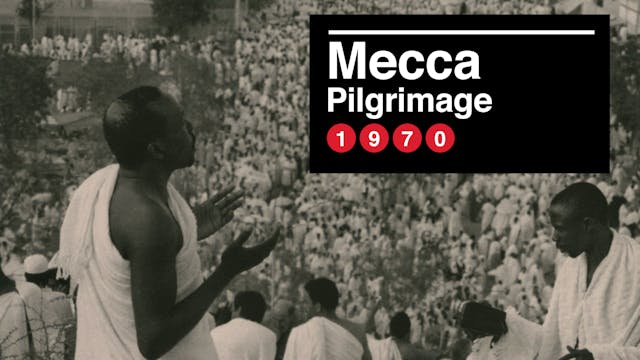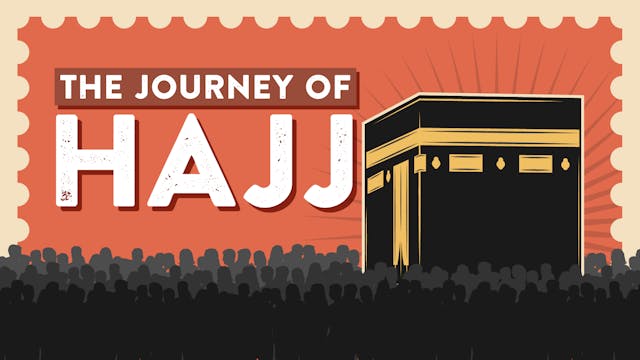Exit To Al-Haram
Labayk! Mecca, Madina and the Hajj
•
12m
Masjid al Haram, or the Great Mosque of Mecca in Saudi Arabia, is the holiest site in the Muslim world. “In Arabic, Harām means sinful or forbidden, but with a slight inflection in pronunciation it also means sanctuary and sacred,” says filmmaker and creative director Kazim Rashid. “It is this contradictory symbiosis of good and evil, devotion for the divine and the exploitation of hope that my film attempts to explore.”
Exit to Al-Haram started life as a personal project that was meant to capture Rashid’s 89-year-old grandmother’s final trip to Mecca—her dying wish. Her passport failed to arrive in time so his family had to travel without her. “My grandmother’s preparations in the weeks before the trip was like a deep spiritual cleanse,” says Rashid. “Then in a matter of moments it was all for nothing. Years of devotion were seemingly smashed to pieces.”
Up Next in Labayk! Mecca, Madina and the Hajj
-
The Pilgrimage To Mecca, 1970
Swiss broadcaster, RTS - Radio Télévision Suisse, present rare archive footage from the Haram al Sharif during the Hajji pilgrimage in 1970. A fascinating view of the sacred precinct in comparison with the modernisation, development and transformation that as taken place over the decades.
-
The Days of Hajj
The Pilgrimage, the Hajj, to Mecca is one of the five pillars of Islam and must be performed at least once in one’s life if one is able. This documentary is a comprehensive descriptive visual journey to the sacred cities of Mecca and Medina.
-
The Journey of Hajj
There are many scholars who went on the pilgrimage, what they found on those routes and described what they encountered difficulties and perils and told stories recounted events worthy of generations, know them and remember the grace of Almighty Allah blessed us by facilitating the rituals and ac...



